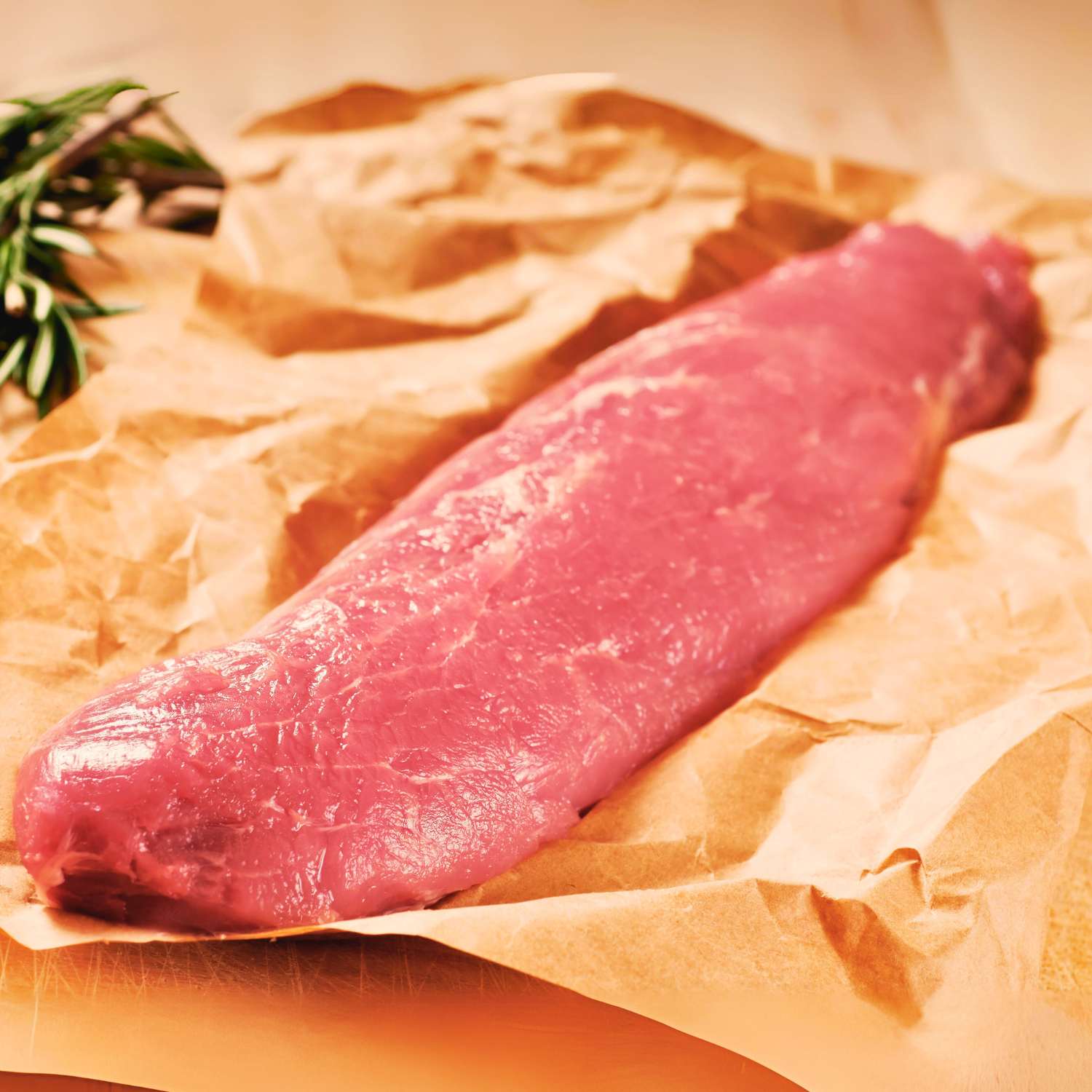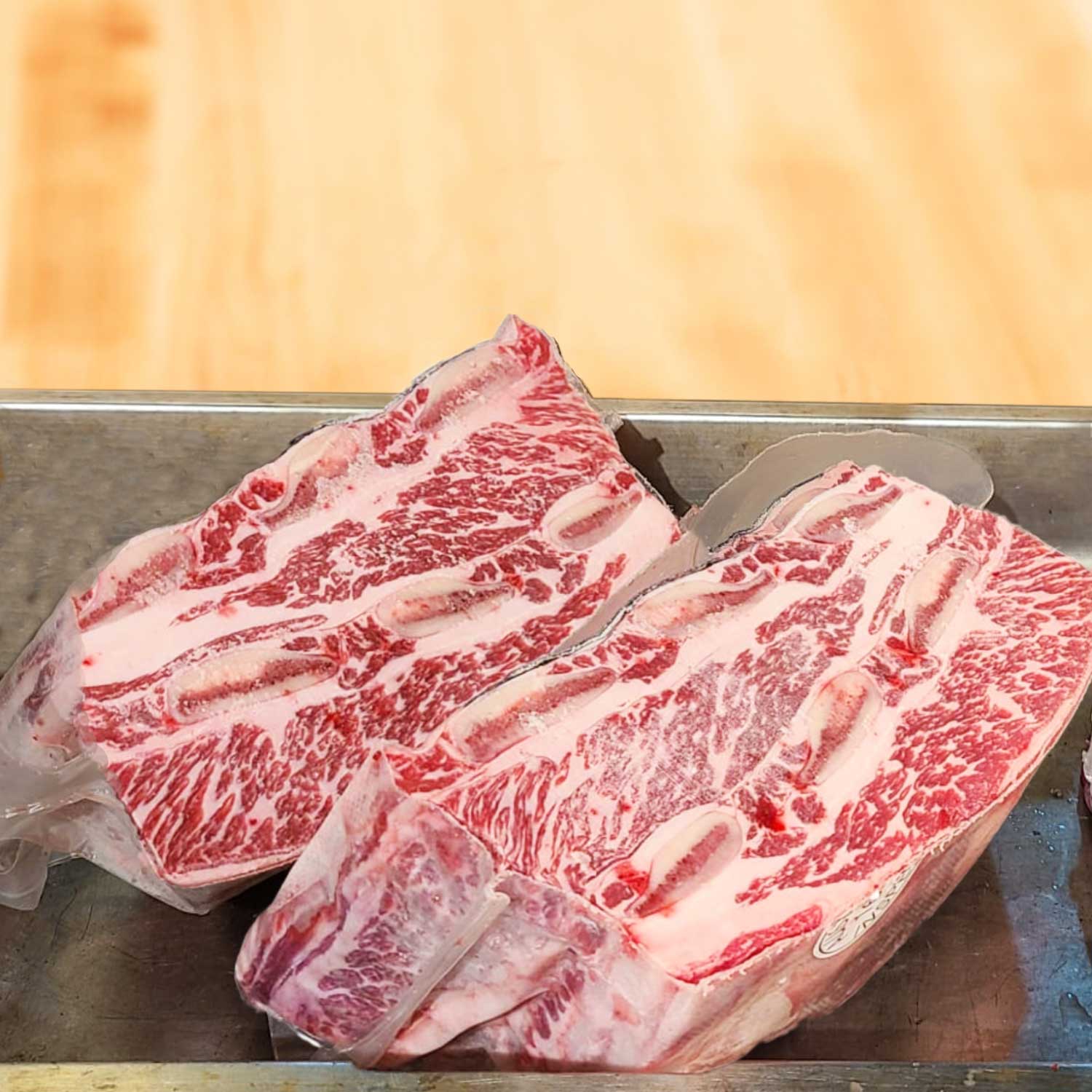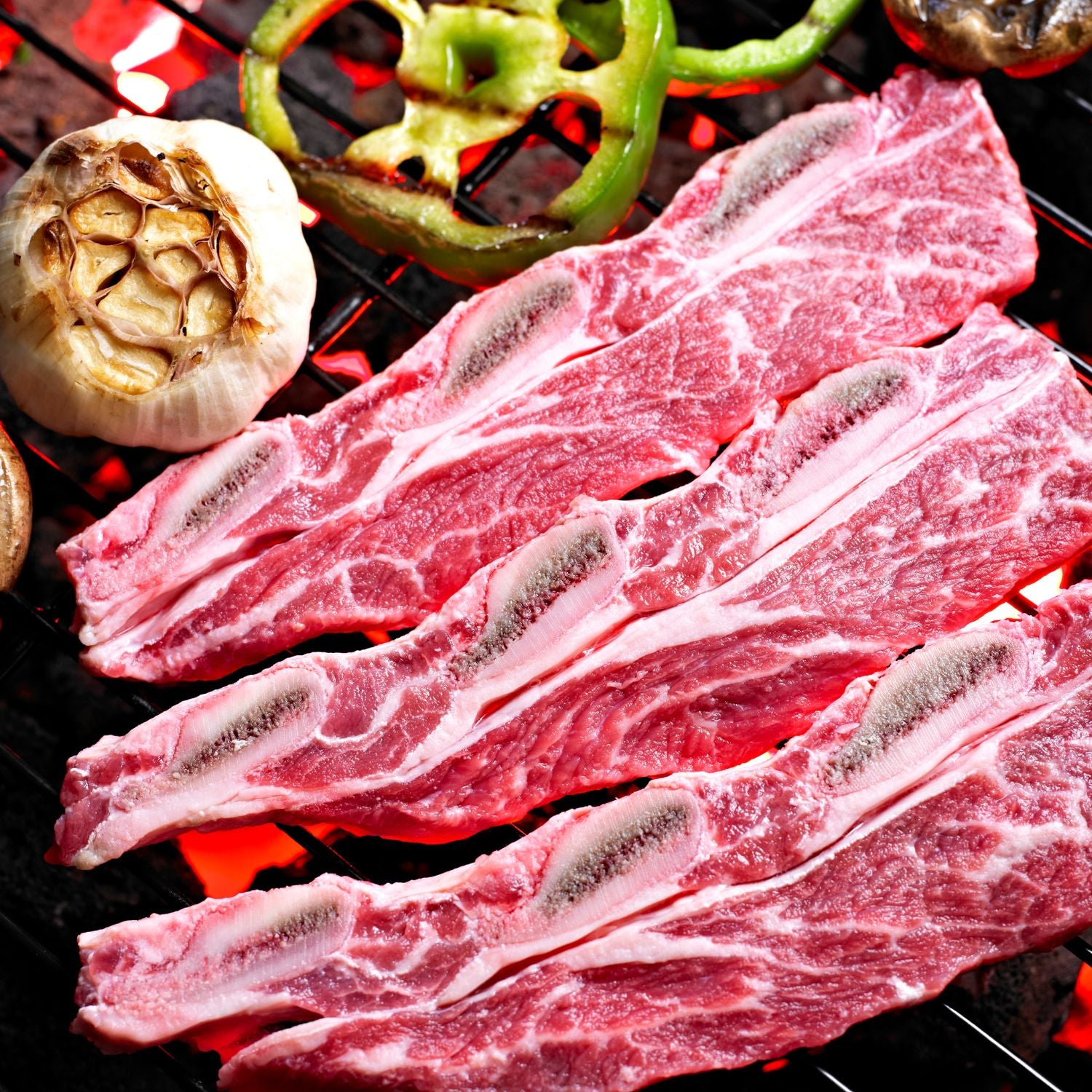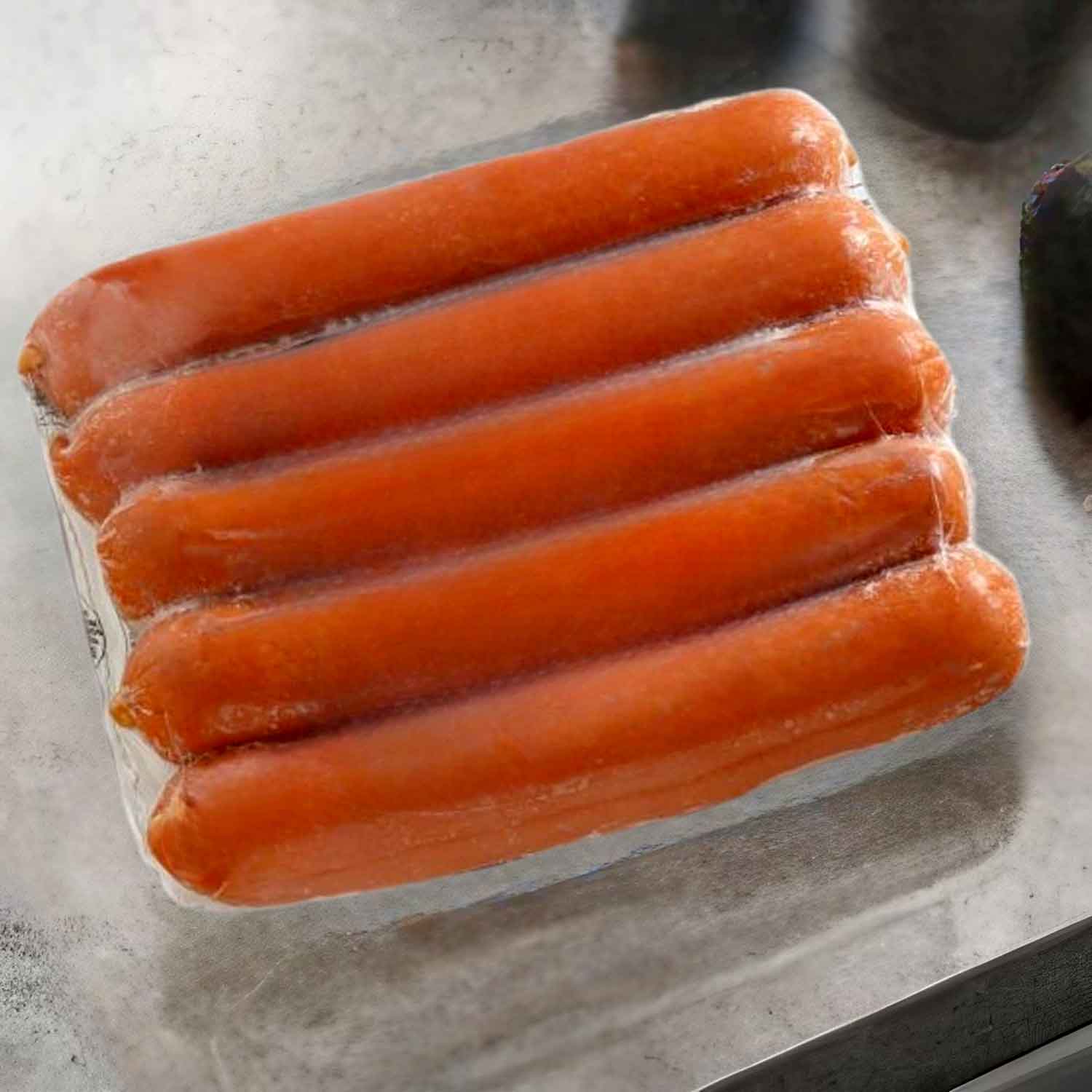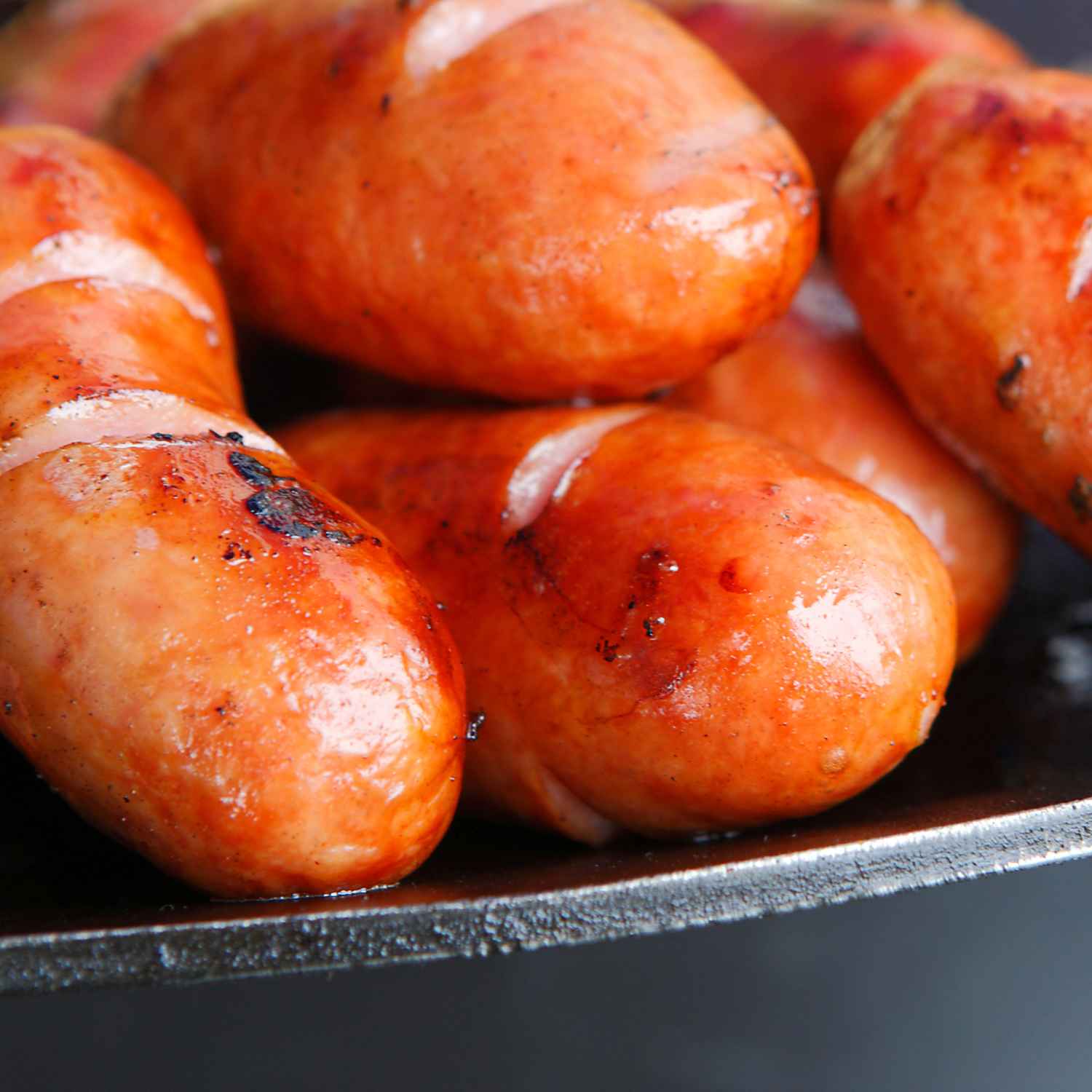Understanding Prime Grass-Fed Beef: What Makes It Special?
The Origin Story: From Grass to Table
Prime grass-fed beef tells a tale of purity and tradition. This beef comes from cattle that graze on lush pastures. Unlike grain-fed cows, these animals eat natural grass. This diet makes for healthier, leaner beef. In Hong Kong, grass-fed beef is a symbol of gourmet taste. It comes straight from farm to your plate with no shortcuts. Its story is one of nature, care, and quality. This journey from grass to table gives the meat its special touch. Chefs and food lovers seek it for its quality and heritage.

Nutritional Benefits of Grass-Fed Beef
Grass-fed beef is packed with key nutrients. It offers more Omega-3 fatty acids than grain-fed beef. This is great for your heart health. Grass-fed beef is also rich in vitamins A and E, and antioxidants. These help protect your body from illness. Plus, it has fewer calories and less fat. This makes it a healthier choice. For those keeping check of their diet, this beef fits well. It supports a healthy lifestyle without losing any taste.
The Unique Taste Profile of Prime Beef
Prime grass-fed beef boasts a distinctive taste that sets it apart from grain-fed variants. The beef's flavor is deeply influenced by the variety of grasses on which the cattle graze. This results in a more pronounced, earthy flavor that's rich in complexity. In Hong Kong, where culinary excellence is cherished, such unique taste nuances are highly prized by gourmets. As you explore prime beef's taste profile, you'll notice subtle hints of the lush fields and the diet's natural impact on the meat's character. These aspects combine to offer a truly premium experience on the palate.
The Art of Cooking Prime Grass-Fed Beef
Selecting the Right Cut for Your Grill
To master prime grass-fed beef, picking the proper cut is key. Choose from these for the grill:
- Ribeye: Rich and flavorful, perfect for searing.
- Sirloin: Less fatty, suits quick grilling.
- Tenderloin: Lean and tender, cooks fast.
- T-bone: Offers two textures in one, with a bone for flavor.
- Chuck: Needs slower cooking, great for smoking.
Handle each cut by its needs to ensure juicy results. Hong Kong's top grills know that matching cut to technique is vital. So, select with care!
Seasoning Techniques to Enhance the Beef's Natural Flavors
Seasoning is pivotal in enhancing the taste of prime grass-fed beef. Opt for sea salt to elevate the natural flavors. Fresh herbs such as rosemary and thyme add depth. For a Hong Kong twist, blend in five-spice powder sparingly. Garlic and black pepper are classics that never disappoint. For a simple marinade, mix olive oil with minced shallots and a touch of soy sauce. Lastly, always allow the beef to rest after seasoning and before grilling to ensure the flavors meld well.
The Perfect Grilling Temperature for Medium Rare
Grilling prime grass-fed beef to achieve the ideal medium-rare doneness is a craft. The perfect temperature range lies between 130-135°F (54-57°C). Preheating your grill to a high heat is key. This helps to sear the meat and lock in juices. Once seared, move the steak to a cooler part of the grill. Use a meat thermometer. It ensures accuracy. Let it rest for about 5 minutes after grilling. Resting helps the juices distribute evenly. With these steps, enjoy a tender and juicy medium-rare steak.
Advanced Techniques for Prime Grass-Fed Beef Aficionados
Incorporating Chinese Flavors: Hong Kong-style Seasoning
Prime grass-fed beef is already known for its remarkable taste and texture. But when paired with Hong Kong-style seasoning, it transcends into a culinary delight that tantalizes the palate with a harmonious blend of East meets West. Experience this gourmet transformation by introducing traditional Chinese flavors to your beef. Consider a marinade made from light soy sauce, oyster sauce, a hint of sesame oil, and fresh spices like ginger and garlic. This not only infuses the beef with a rich, umami depth but also tenderizes it. Szechuan peppercorns can add a numbing kick, while five-spice powder brings a warm, aromatic complexity to the dish. Be mindful of the marinating time - a few hours should suffice. The aim is to complement, rather than overpower, the natural grass-fed beef taste. Try these seasonings to elevate your next grill-out into an unparalleled experience that pays homage to the fusion of Hong Kong's gastronomic heritage and premium-quality beef.
Tips for Perfectly Pairing Wines with Grass-Fed Beef
Pairing wine with grass-fed beef can lift your meal to new heights. For prime cuts, full-bodied reds like Cabernet Sauvignon work well. Their strong tannins match the beef's richness. A Pinot Noir suits leaner cuts, with its lighter body and fruit notes. For a local twist, explore China's Ningxia wines. They balance the beef's boldness elegantly. Remember, the key is to complement, not overpower, the beef's natural taste.
Innovative Presentation Ideas for Grass-Fed Beef Dishes
To dazzle guests with prime grass-fed beef, consider creative plating techniques. Use bold colors from fresh herbs or edible flowers to make dishes pop. For a Hong Kong twist, serve on traditional bamboo steamers to add cultural flair. Try stacking or layering slices with vibrant veggies to create height and drama on the plate. Use sauces artistically; drizzle or use a brush for elegant presentation. Remember, the goal is to complement the beef's rustic charm without overshadowing its natural beauty.












